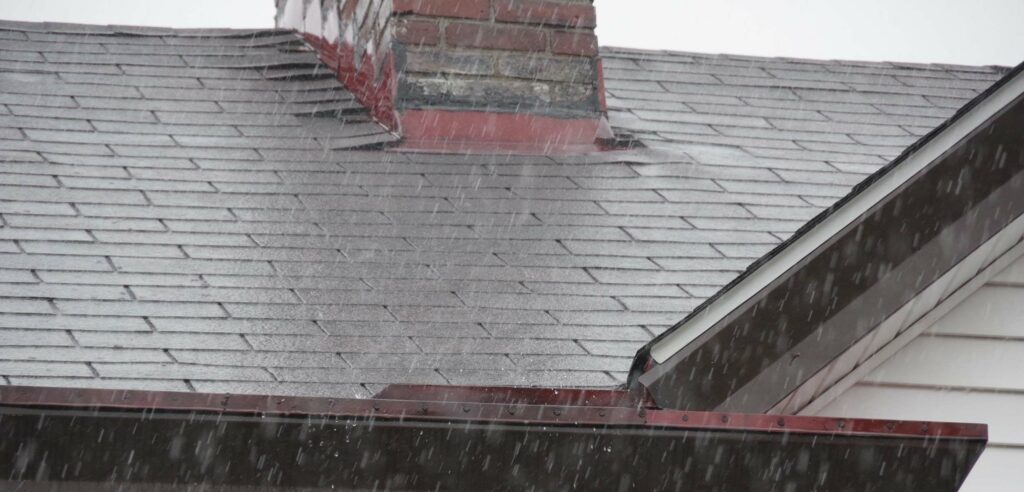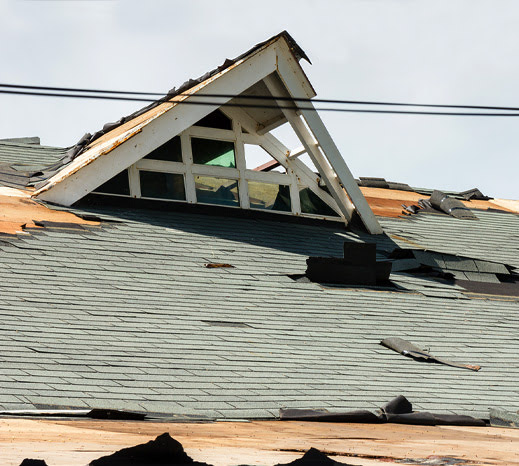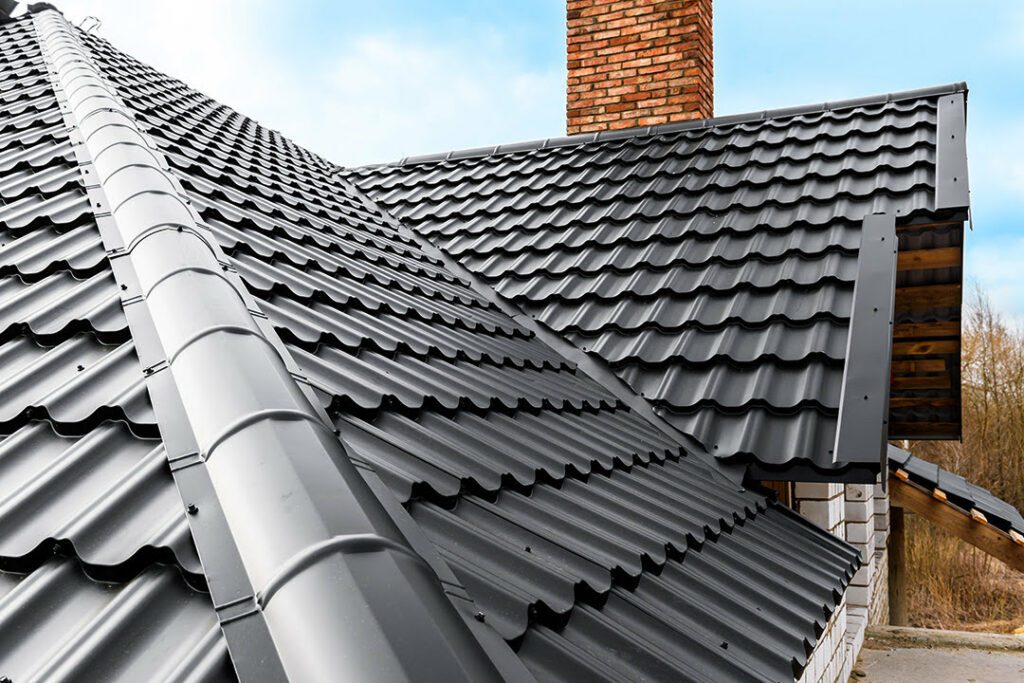Hurricane season is upon us again, causing many homeowners to shake with concern. For six months out of the year, we wait anxiously to see what kind of storms will come our way and how much the damage will cost us. By being proactive, you can help minimize the impact of hurricane season on your home. Here are a few important strategies you can use to prepare your home for hurricane season.
Gather the Essentials
Emergency Kits
The force of a hurricane could cause any number of issues. You may lose electricity, access to clean water, or the ability to go get provisions. You can mitigate these potential situations by putting together an emergency kit with everything you need to stay safe and comfortable for a number of days. You should consider keeping one kit at home, one in your car, and one at your workplace.
Ready.gov has an excellent checklist you can use as a starting point when putting your hurricane emergency kit together.
Look Over Your Insurance Information
Now is an excellent time to look over your home insurance policy and familiarize yourself with what is covered and what isn’t. You may decide you want to change your policy before hurricane season reaches its peak just in case.
While you have all of your insurance information out, take this opportunity to make copies of everything and keep them in a waterproof bag so you can reference them in case of emergency.
Take Inventory
When something unexpected or disastrous happens, your mind can get a little bit fuzzy. Take the time to make an inventory of all of your belongings before hurricane season. This will give you a better idea of what to report for insurance purposes and will help make sure you don’t miss anything if your home or household items are damaged during a hurricane. It’s a good idea to take videos or photographs to help you document anything. The more documentation you have, the easier it will be to file a claim.
Secure Your Yard
Prevent Windfall
A falling branch or uprooted tree could cause serious damage during a hurricane. While you can’t eliminate that possibility altogether, you can minimize it by getting rid of any weak or broken branches and keeping your trees healthy.
Proper pruning and maintenance not only removes a tree’s weak or unhealthy branches, it helps the remaining branches to grow stronger. It’s a good idea to have your trees professionally pruned in advance by an arborist to prevent windfall during a hurricane.
You can also secure your trees with cables and braces to help keep them from falling over or breaking due to strong winds. The Tree Care Industry Association has some excellent advice on cabling and bracing your trees to help them withstand a storm.
Bring Everything Inside
When gale-force winds start to blow, almost anything could become a projectile. Make sure you have a safe and secure place to store everything that usually stays outside on your property. That could include patio furniture, toys and bicycles, and even heavy lawn ornaments like garden gnomes and birdbaths. Everything that isn’t firmly secured to the ground needs to come inside. It’s the best way to ensure a lawn chair doesn’t come flying through a window in the event of a hurricane.
Patios & Carports
Outdoor structures like porches, patios, small sheds, and carports can be particularly vulnerable during hurricane season; without the proper foundations, materials could be ripped directly out of the ground. Ensure everything is properly braced and anchored before hurricane season hits, and be sure to look for any weak spots where the wood may be rotten or broken. If part of a structure has been compromised, it needs to be repaired or replaced before a storm hits.
Keep the Storm Out
Protect Windows
The last thing you need during a heavy storm is a shattered window. Before hurricane season starts, be sure to either buy or make storm shutters to protect your windows and glass doors from airborne debris.
This DIY Network tutorial offers instructions on making and installing your own hurricane shutters.
Seal Any Holes
Over time, the seals around windows and doors can wear out, leaving space for rain and moisture to get inside during a heavy storm. Be sure to check the seals around all your windows and doors to confirm that they’re still watertight.
It’s also a good idea to check for any holes in your home’s exterior. You can fill small gaps with caulking to keep water and moisture from seeping through.
Reinforce Garage Doors
Because garage doors are relatively lightweight and cover relatively large openings, they tend to be particularly vulnerable during stormy weather. Buying and installing a garage door reinforcement kit will help add weight and strength to your garage door, making it more resistant to the force of the wind.
Secure Your Roof
A weak or damaged roof has a huge potential for resulting in massive damage during a hurricane. It’s absolutely vital that you ensure your roof is in good condition before hurricane season hits. Here are the steps you should take to make sure your roof survives the storm:
Clean Your Gutters
It doesn’t take much to clog a downspout. It’s important that your gutters are clear and free of debris to make sure the water flows properly. If your gutters or downspout are clogged, they may overflow, which means there’s nothing to keep runoff flowing away from your house which can lead to localized flooding.
You can also prevent leaf buildup in the first place by installing leaf-free or clog-resistant gutters. Carefree Gutter Guard is an excellent source for these types of gutters.
Inspection
Start with a thorough inspection. It’s best to hire a professional roofing company to conduct your inspection for you. Experienced roofing professionals like the ones at Tidewater Roofing are well-trained to detect any subtle damaged areas, as well as the more obvious missing shingles and weak spots. After the inspection, you’ll have a better idea of whether your roof needs repairs or replacement.
Repairs or Replacement
Once you’ve identified any problem areas, the next step is to have them fixed. Depending on the current state of your roof, it may be better to just replace it entirely to make sure it’s strong enough to last through the upcoming season. Professionals, like Tidewater Roofing, will be able to tell you whether it’s better to repair your current roof or replace it altogether.
Secure Your Roof
Once your roof is deemed storm-ready, use hurricane straps or clips for added durability. The installation of straps of clips gives your roof the potential to stand against stronger winds that may be the result of storms.




